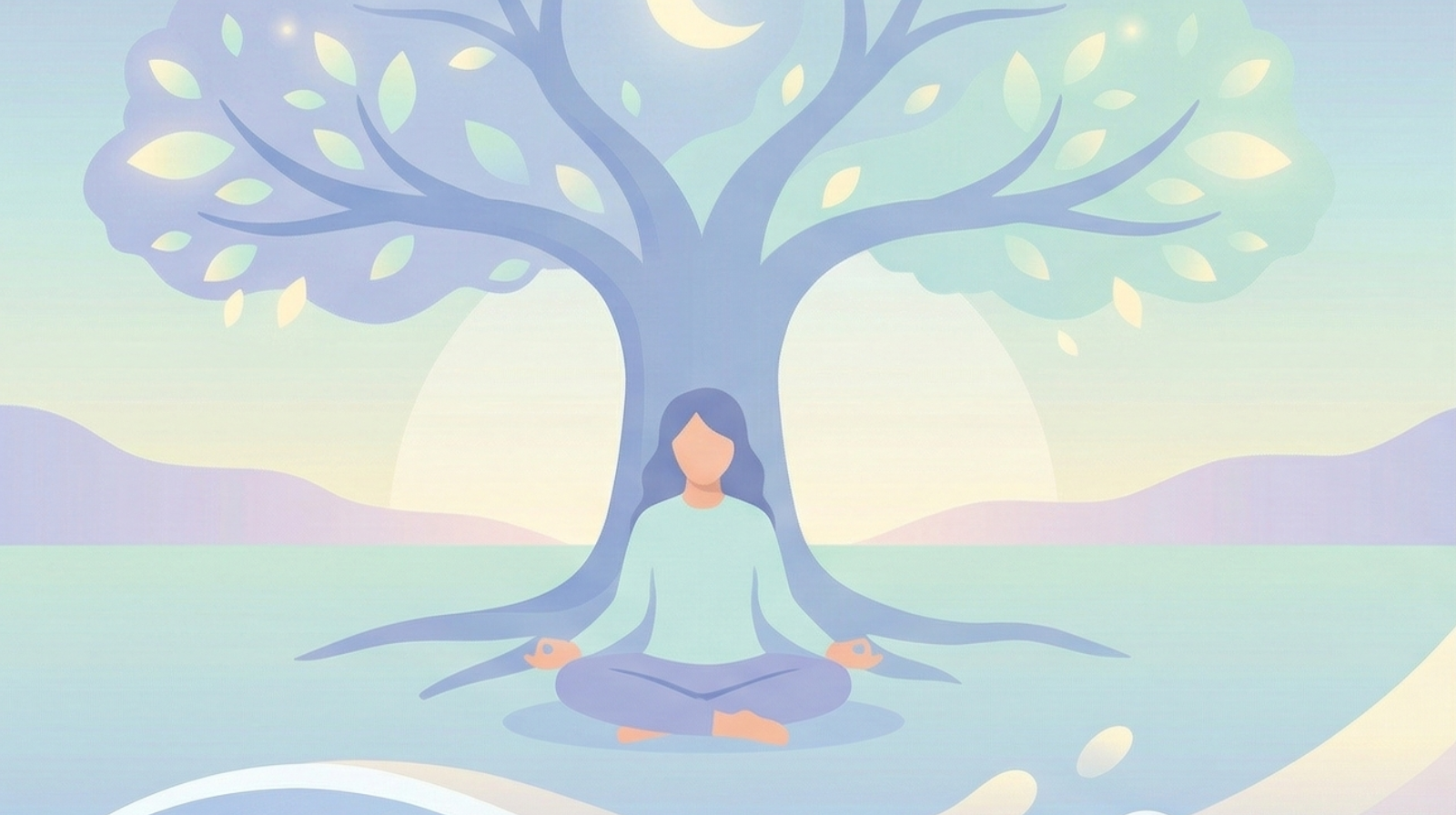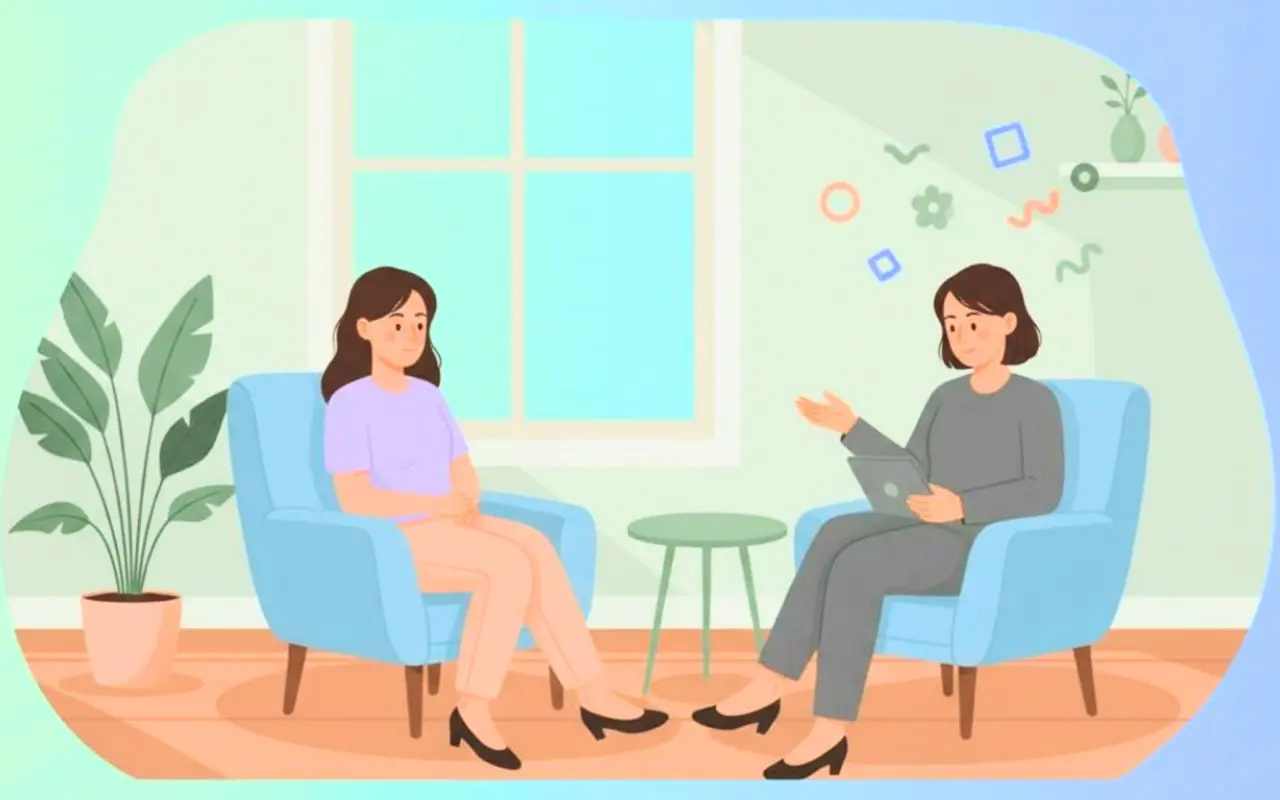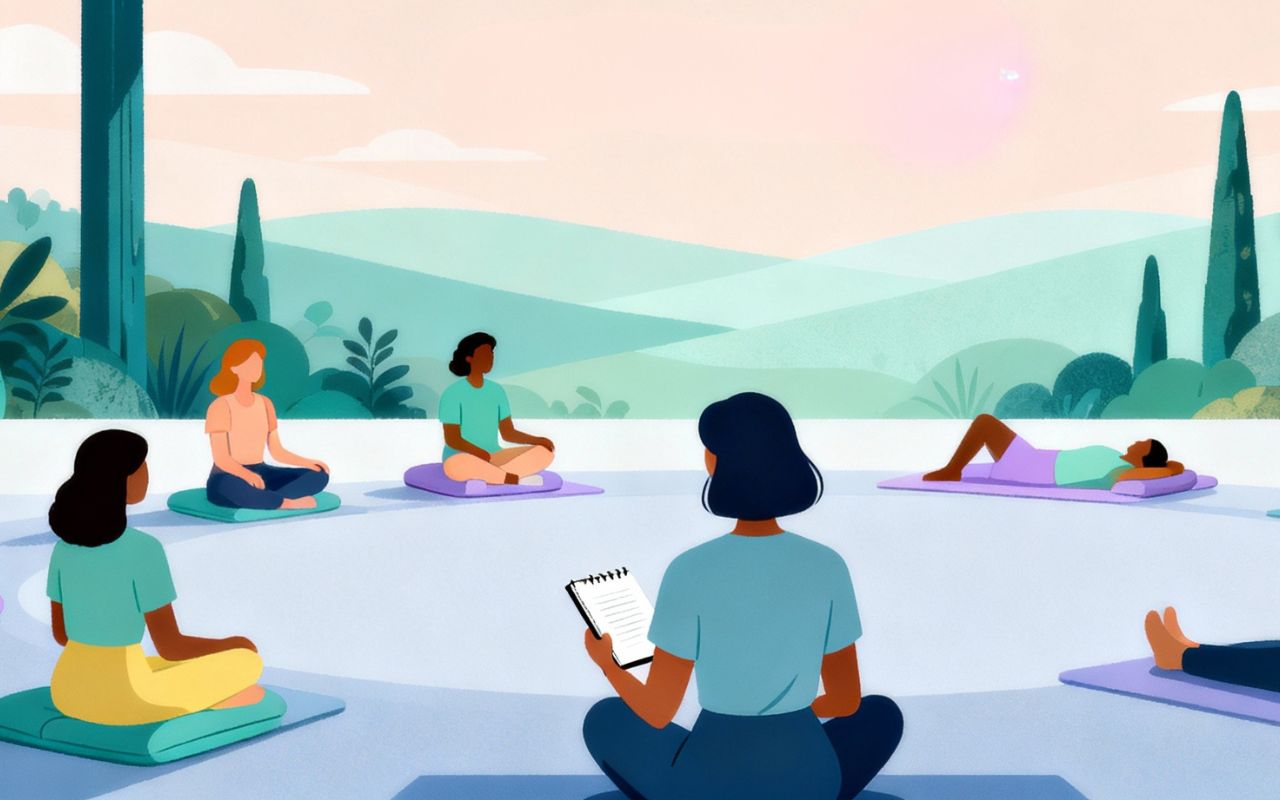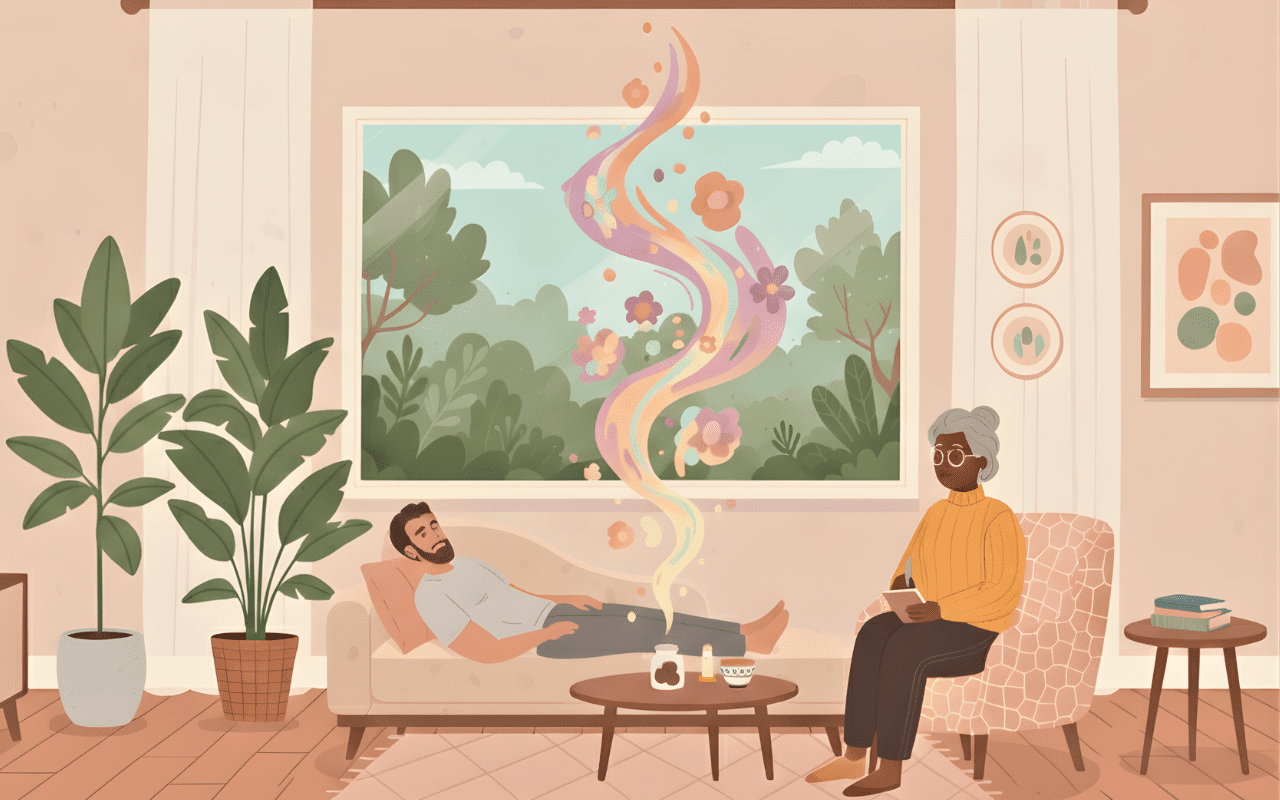
Can You Overdose on Magic Mushrooms? What Science Says About Safety and Risk
Mushrooms are gaining recognition as a powerful tool, clinically and recreationally, for people looking to lower their emotional defenses and do some internal digging. But they’re not risk-free, and if you’re interested in trying psilocybin (the psychedelic compound within mushrooms), you may be wondering: “Can I overdose on magic mushrooms”?
The short answer is yes, but this article will explain psilocybin safety, the nuances of the term “overdose”, and the right way to approach taking psilocybin responsibly. Whether you’re curious about psychedelics or are considering a therapeutic experience, it’s crucial to understand the real risks and misconceptions of these drugs.
Defining the Term “Overdose”
“Overdose” isn’t always a straightforward term. Medically, it refers to taking more than the recommended or safe amount of a substance, enough to cause serious harm or even death. In most overdose scenarios, the substance interferes with essential bodily functions like breathing, heart rate, or brain activity.
Take alcohol, for example: consume too much, and you first become nauseous and disoriented. If blood alcohol levels climb to around 0.40 percent, respiratory failure can occur and be fatal. Opioids and benzodiazepines act similarly, depressing the central nervous system to the point where the body can no longer sustain basic life functions.
Psilocybin, the psychoactive compound in “magic mushrooms,” works differently. It does not suppress respiration or directly damage organs, even at very high doses. That doesn’t mean it’s harmless (we’ll explore the risks later), but it does set psilocybin apart from drugs commonly associated with lethal overdoses.
The therapeutic index measures a drug’s relative safety by comparing the dose that causes a desired effect in 50 percent of the population versus a dose that can be toxic to 50 percent of the population. Compared to common drugs and medications, psilocybin has a relatively wide therapeutic index of 1:1000. Compare this to morphine, for example, which has a narrow TI of about 1:70.
Emergency room data also highlights the low-risk nature of mushrooms (or any form of psilocybin. In a 2024 survey, estimating drug-related emergency room visits, psilocybin doesn’t even show up as a reported substance. (Alcohol, cannabis, and opioids were responsible for the majority of hospitalizations.)
What a Psilocybin Overdose is Like
A lethal, opioid-style overdose from psilocybin is unlikely, but taking too high a dose can lead to an intense psychological experience, or what most people call a “bad trip.” They usually include intense anxiety or panic, paranoid thinking, fear of dying or “going crazy,” looping thoughts, and temporary confusion about time, place, or identity. An open-access survey documents these reactions following psilocybin mushrooms.
There are real risks to taking too much psilocybin, though they’re indirectly related to the actual compound. First, misidentification is dangerous. The death-cap mushroom (Amanita phalloides) is unrelated to psilocybin-containing mushrooms, but can cause liver failure and death. Second, someone on a bad trip can start acting in an unsafe way, leading to accidents. That’s why clinical teams emphasize controlled settings, screening, and supervision.
So, How Much is Too Much?
The exact lethal thresholds in humans are unknown, but reviews in animals show that psilocybin isn’t really physiologically toxic. One review reported LD50 (the dose lethal to 50% of test subjects) in rodents of around 280mg/kg or 17kg/70kg in humans, a quantity that is plainly impractical to ingest. “Fatal intoxications due to exposure to magic mushrooms are rare and often reported to be mainly due to a combination with other drugs,” that same review cites.
Here’s a quick list of common mushroom doses:
- Microdose: 0.1 to 0.3g dried mushrooms (sub-perceptual, used for cognitive enhancement)
- Moderate experience: 1 to 2.5g (noticeable psychedelic effects, manageable for most)
- High dose: 3.5 to 5g (intense, profound experiences)
- Heroic doses: 5g+ (overwhelming for most people, not recommended without extensive experience)
How Psilocybin Affects the Brain and Body
The psychedelic compound in magic mushrooms is psilocybin, which interacts with receptors in your brain to alter your mood and cognition, leading to changes in one’s consciousness, visual perception, and ability to process emotions. Physiologically, the effects of psilocybin are relatively mild. Users typically experience slight increases in heart rate and blood pressure, as well as pupil dilation, and occasionally nausea.
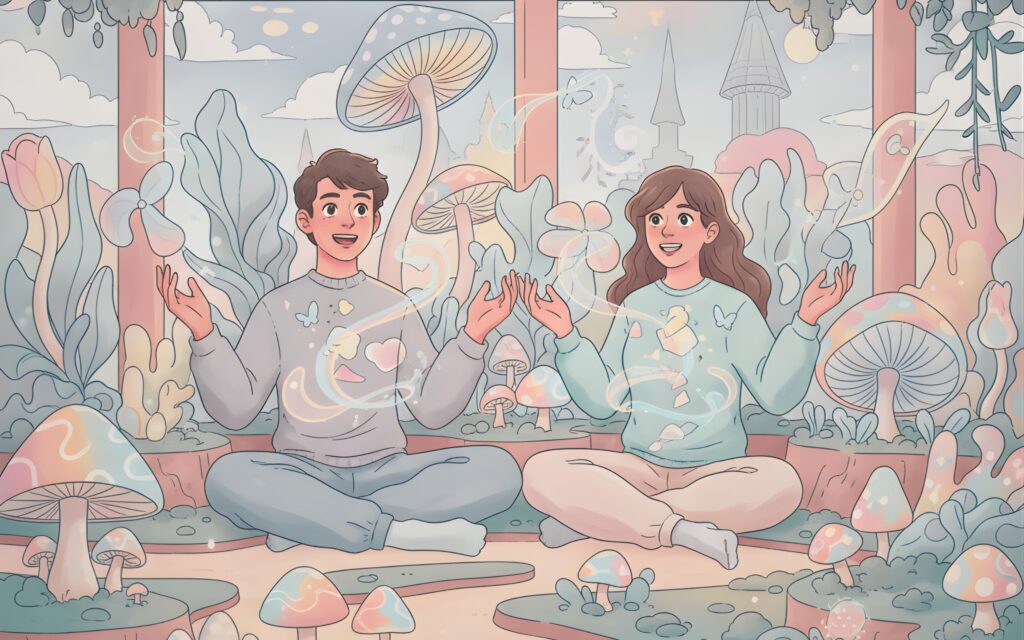
As for proven safety in a clinical setting:
- A Johns Hopkins safety review of 110 high-dose sessions reported no medically dangerous physical events.
- A study led by Dr. Robin Carhart-Harris on treatment-resistant depression using 10mg and 25mg doses found only transient blood pressure increases and headaches. The researchers determined that psilocybin was well-tolerated by all patients without serious adverse effects.
- Usona’s Phase 2 studies have echoed these findings, noting that with screening and supervision, psilocybin (they administered 25mg doses) is physiologically one of the safest psychoactive compounds studied in modern medicine.
Understanding who faces elevated risks with psilocybin use requires examining both physical and psychological vulnerabilities.
Physical Risk Factors
- Misidentification: consuming toxic mushroom species that are believed to contain psilocybin.
- Foraging for wild mushrooms without expert knowledge has led to fatal poisonings.
- Pre-existing cardiovascular conditions, like heart disease and hypertension. Psilocybin can mildly increase heart rate and blood pressure.
- Medication interactions deserve careful attention, particularly with antidepressants like SSRIs (which can diminish psilocybin’s effects) or MAOIs (which can cause dangerous interactions).
Psychological Risk Factors
- Pre-existing mental health disorders. People with psychotic disorders, schizophrenia, or bipolar disorder may be at elevated risk for triggering or worsening these conditions.
- Being in an unsafe environment.
- A lack of trusted support. It’s preferred to have professionally trained facilitators on standby.
- Inadequate mental preparation or poor integration after the experience can increase the likelihood of psychological distress or lasting negative impacts.
It’s crucial to work with responsible practitioners who emphasize thorough screening, preparation, and integration support. All of these elements transform psilocybin use from a potentially risky recreational activity into a carefully held therapeutic or spiritual practice.
What To Do If Someone Takes Too Much
Unfortunately, there’s not much you can do other than be reassuring and supportive. The body needs to metabolize the psilocybin, a process that can take up to six hours, and there’s not much you can do to speed up that process. The best course of action is to remind that person that the experience is temporary and that they’re safe. If their trip is making you anxious, it’s best to put on a brave face and talk them through it.
Create a comfortable, quiet environment with minimal stimulation. Soft lighting, comfortable seating, and relaxing music can help. Also, ensure that the person remains physically safe. Keep them away from traffic, tall structures, and water. Now’s not the time to cook up a meal, either. Physical safety is paramount. Ensure the person can’t accidentally harm themselves and keep them away from potential dangers like busy streets, heights, or bodies of water. Offer water and encourage slow breathing. Avoid arguing with or trying to talk someone out of their experience—validation and acceptance are far more helpful than confrontation or dismissal.
If the person shows signs of physical distress, such as sustained chest pain, seizures, extreme confusion lasting many hours, or loss of consciousness, seek medical assistance immediately. And be honest with healthcare providers about what they took (and how much, if you know). They’re there to help, not judge.
Safe Use, Set, and Setting
The psychedelic community has long recognized that the safety and quality of a psilocybin experience depend less on the substance itself and more on three critical factors: set, setting, and dose.
- Set: refers to your intentions, expectations, emotional state, and mental preparation going into the experience. Approaching psilocybin with curiosity rather than fear, with clear intentions rather than mere escapism, and with realistic expectations can lead to a more positive outcome.
- Setting: refers to your environment, encompassing both the physical space and the people you’re with. Are you in a comfortable, relaxing space? Are the people around you trusted and experienced? You should feel comfortable enough to surrender to the experience fully.
- Dose: This refers to the amount you take, which depends on your experience level, body weight, the potency of the material, and your goals for the experience. Starting low and going slow is fundamental harm reduction wisdom.
Your best bet is to attend a supervised retreat. Organizations like Beckley Retreats and similar programs prioritize comprehensive safety screening, trained facilitators who can provide skillful guidance during challenging moments, appropriate dosing protocols, and structured integration support afterward.
For those exploring psilocybin outside of structured settings, the principles remain the same: know your source, start with modest doses, never use alone if possible, prepare your mind and space thoughtfully, and build in time for integration and reflection afterward.
The Bottom Line
Yes, you can overdose on psilocybin, but probably not in the way most people think. Your vital organs won’t shut down, and the chances of a lethal overdose are extremely rare. However, taking too much of this powerful psychedelic can lead to a bad trip—an uncomfortable psychological experience that can lead to panic, confusion, and dangerous behavior.
That’s why, if you’re curious about trying psilocybin, you should consult a professional organization, like Beckley Retreats. These retreats prioritize safety and have strict, clinically-backed protocols in place to ensure a productive experience with minimal risk. As psilocybin moves into mainstream therapy and wellness spaces, the key to safety isn’t fear—it’s education, respect for the experience, and responsible use. In short, the substance itself is remarkably safe; how you approach it determines the outcome.
Frequently Asked Questions
Can you die from taking too many magic mushrooms?
Death from psilocybin toxicity alone is virtually impossible at doses humans typically consume. The fatal dose would be impractical to ingest. However, indirect dangers exist: accidental consumption of poisonous look-alike mushrooms can be fatal, and dangerous behavior during an intense psychological experience could potentially lead to accidents or injury.
What happens if you take too much psilocybin?
Taking a very high dose typically results in intense psychological experiences that may include overwhelming anxiety, confusion, paranoia, visual distortions, or feelings of losing control. These experiences, while temporarily distressing, are not medically dangerous and will resolve as the psilocybin metabolizes, usually within four to six hours.
What should you do if someone is having a bad trip?
Remain calm, ensure the environment is quiet and comfortable, and remind the person that they’re safe. Do not leave them alone or let them near potentially hazardous situations (such as traffic, swimming, or heights). If physical symptoms like sustained chest pain, seizures, or loss of consciousness occur, seek medical help immediately.
Are magic mushrooms addictive?
Psilocybin doesn’t create physical dependence, and tolerance builds rapidly, actually discouraging frequent use.
Sources
- Nutt, D. J., King, L. A., Saulsbury, W., & Blakemore, C. (2007). Development of a rational scale to assess the harm of drugs of potential misuse. Addiction, 104(1), 1–8. https://doi.org/10.1111/j.1360-0443.2004.00744.x
- MacCallum, C. A., Lo, L. A., Pistawka, C. A., & Deol, J. K. (2022). Therapeutic use of psilocybin: Practical considerations for dosing and administration. Frontiers in Psychiatry, 13, Article 1040217. https://doi.org/10.3389/fpsyt.2022.1040217
- Barrett, F. S., Bradstreet, M. P., Leoutsakos, J.-M. S., Johnson, M. W., & Griffiths, R. R. (2016). The Challenging Experience Questionnaire: Characterization of challenging experiences with psilocybin mushrooms. Journal of Psychopharmacology, 30(12), 1279–1295. https://doi.org/10.1177/0269881116678781
- Vo, K. T., Montgomery, M. E., Mitchell, S. T., Scheerlinck, P. H., Colby, D. K., Meier, K. H., Kim-Katz, S., Anderson, I. B., Offerman, S. R., Olson, K. R., & Smollin, C. G. (2017). Amanita phalloides mushroom poisonings — Northern California, December 2016. Morbidity and Mortality Weekly Report, 66(21), 549–553. https://www.cdc.gov/mmwr/volumes/66/wr/pdfs/mm6621a1.pdf
- Johnson, M. W., Richards, W. A., & Griffiths, R. R. (2008). Human hallucinogen research: Guidelines for safety. Journal of Psychopharmacology, 22(6), 603–620. https://doi.org/10.1177/0269881108093587
- Nkadimeng, S. M., Steinmann, C. M. L., & Eloff, J. N. (2020). Effects and safety of Psilocybe cubensis and Panaeolus cyanescens magic mushroom extracts on endothelin-1-induced hypertrophy and cell injury in cardiomyocytes. Scientific Reports, 10, Article 22314. https://doi.org/10.1038/s41598-020-79328-5
- Psilocybin facilitates fear extinction in mice by promoting hippocampal neuroplasticity. (2023). Retrieved from https://pmc.ncbi.nlm.nih.gov/articles/PMC10752473/
- Raison CL, Sanacora G, Woolley J, et al. Single-Dose Psilocybin Treatment for Major Depressive Disorder: A Randomized Clinical Trial. JAMA. 2023;330(9):843–853. doi:10.1001/jama.2023.14530
